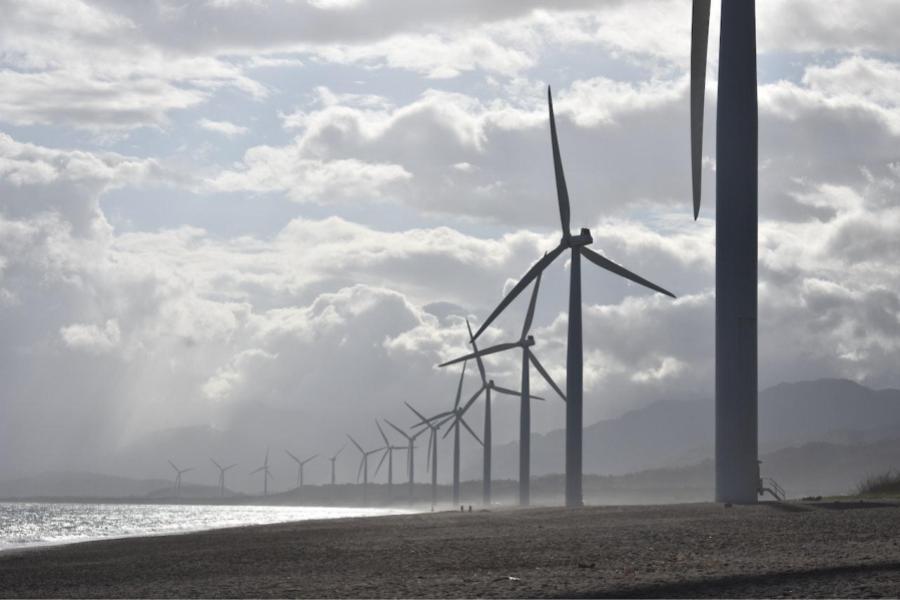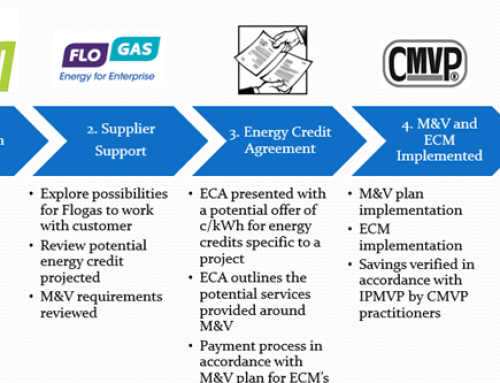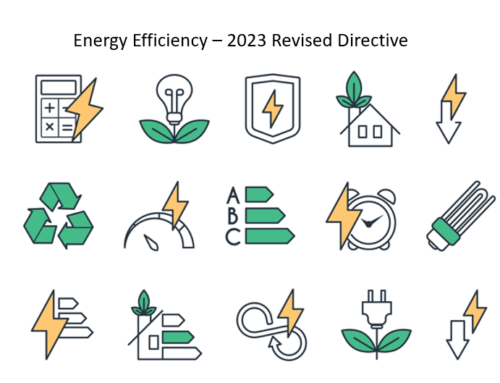February vs January
After the high power prices of January, with Day-Ahead prices averaging €78.38/MWh, the fall in prices in February was a welcome change. February averaged at €57.56/MWh as Day-Ahead prices were 27% lower than the previous month. This decrease in power prices was also experienced in the Intra-Day and Balancing Markets, as the Balancing Market came in lower than Day-Ahead on average. The day and night Day-Ahead power prices for February were €71.04/MWh and €35.11/MWh respectively.

February vs Previous Years
In 2020, power prices were much lower than we had seen for February historically, with Day-Ahead averaging at €33.02/MWh. 2019 and 2018 had power prices averaging at €54.82/MWh and €57.86/MWh, respectively for February. This year power prices have returned to this level.

The key drivers of power prices are demand, wind, plant availability and commodity prices. To dig into the change in prices that February has brought, we must look at how each of these has outturned over the month.
Demand
Demand levels were consistent with January. This was expected as there have not been any major changes in temperature. Restrictions due to Covid-19 are unchanged, as Ireland remains in a Level-5 lockdown; this has also assisted in keeping demand at the same level.

Wind
January 2021 had lower wind levels than average. This contributed to the high power prices experienced, with the average Day-Ahead price reaching €129.31/MWh on the lowest wind day (6th of Jan). The wind level has increased by 62% in February, allowing for the recently increased SNSP limit to be taken advantage of. This has meant that over 50% of demand was met by renewable generation on average. As a result of this there has been a reduction in the amount of power generated by gas and coal, which has had a positive effect on power prices. The record for maximum wind generation was broken on the 21st of February with wind reaching 4,249MW according to Eirgrid. These wind levels are in keeping with what was experienced for the same period last year.
Plant Availability
For the first time since October 2020, there have been no Amber Alerts for a full calendar month. Tight capacity margins due to plant outages and low wind resulted in two Amber Alerts in early January. Although plant unavailability levels have not improved, the increase in renewables and interconnector volumes has led to a more secure system.
Commodity Prices
Day-Ahead NBP gas prices in February averaged 46.07p/th, this is a decrease of 22% on the previous month. Storage levels and LNG regasification were low coming into January, pushing up prices. A mild weather outlook and increasing LNG supply resulted in lower prices for February. EU carbon auction cleared at an all time high of €40.19/mt during the month, this increase in carbon prices has an upward effect on power prices.
Look Forward
We expect to see power prices drop as we head into the warmer months. However, it is unlikely that there will be any easing of Covid-19 restrictions in March, keeping demand at a similar level. Gas imports between NBP and mainland Europe are likely to be low this month pushing prices upward. As always, wind levels will have a huge impact on power prices and any increase in renewable generation will mitigate the effect of potentially higher commodity prices. We can look at the figure below to give us a feel for what to expect in terms of wind levels for the year.

If you would like to learn more about the wholesale power market please contact myself, Eoin Mooney, Head of Trading or one of our commercial team (emails provided below).
Dara Faulkner: dara.faulkner@flogasenterprise.ie
Eoin Mooney: eoin.mooney@flogasenterprise.ie
Commercial: info@flogasenterprise.ie
















